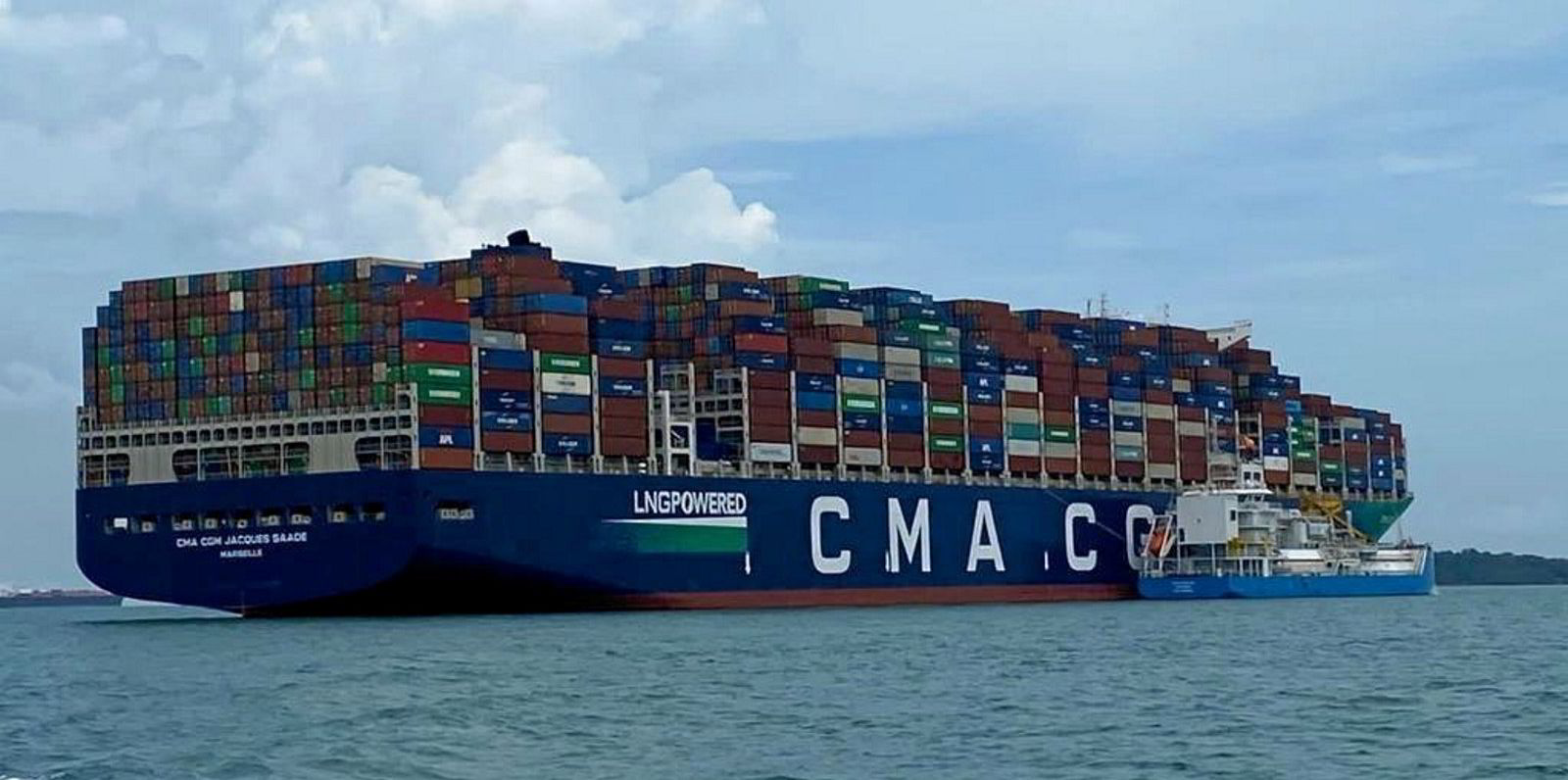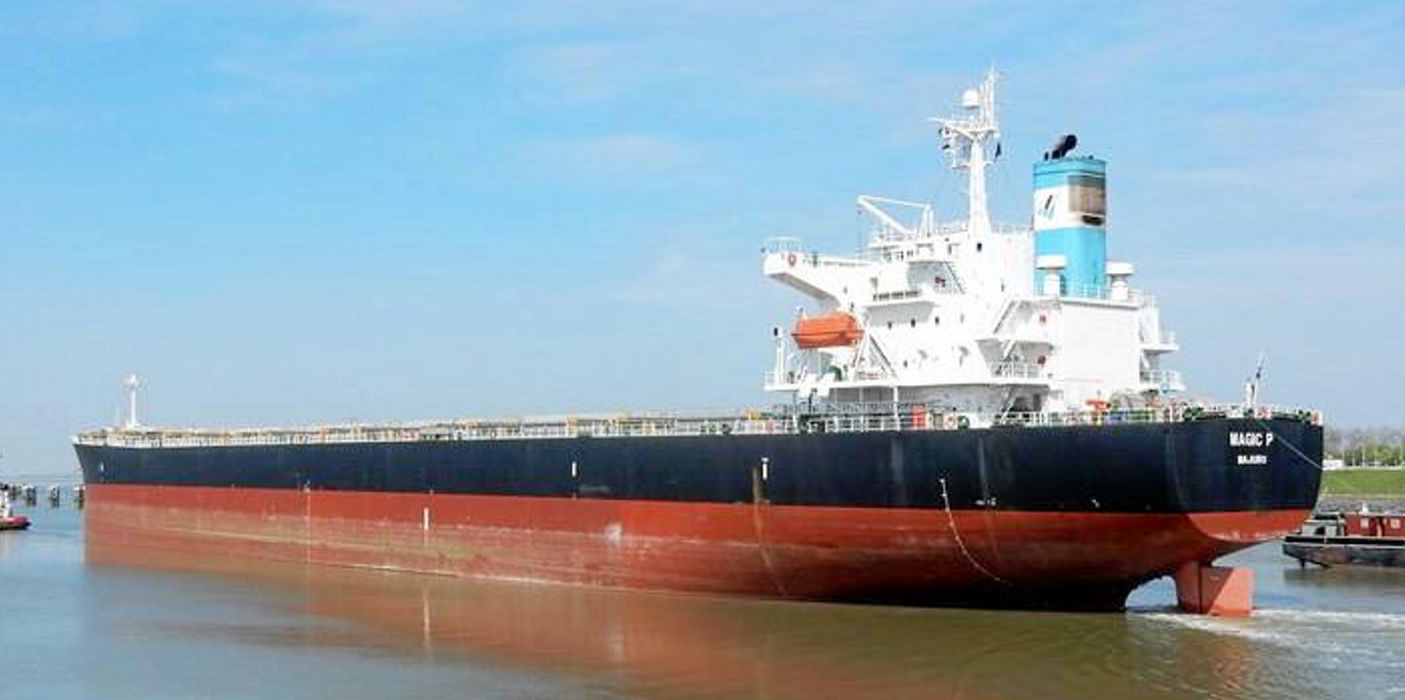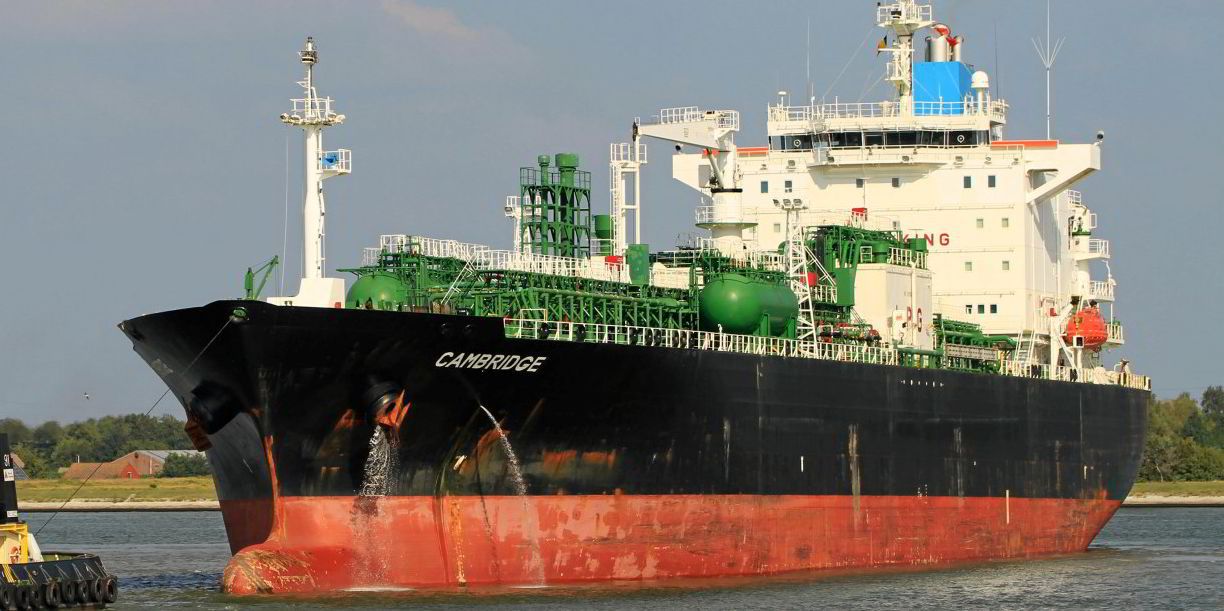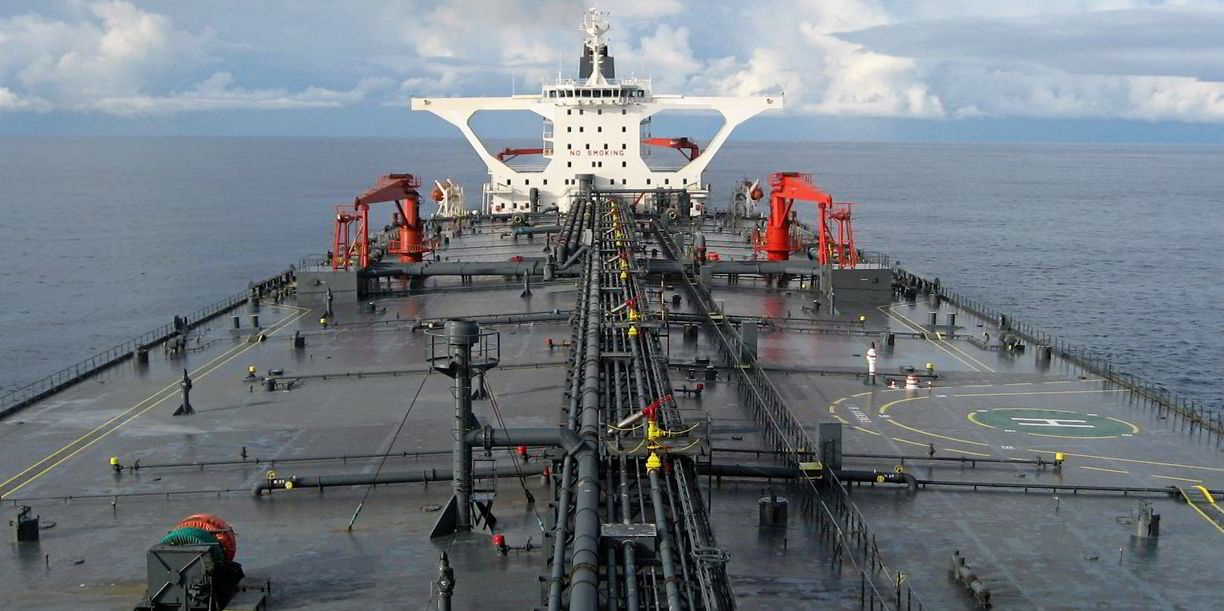Shipping has just come off its best first quarter for 13 years, and momentum suggests more growth ahead.
Clarksons Research said more positive sentiment has been developing across many sectors, with the ClarkSea Index "laying down a marker" after the best opening three months since 2008.
The index, which combines tanker, bulker, containership and gas carrier earnings, averaged $17,461 per day to 31 March, even though the first quarter is traditionally seasonally weaker than the rest of year.
Clarksons analyst Trevor Crowe called this "a particularly notable performance", with boxships and bulkers especially strong.
Ahead of 2019 by 16%
In the first quarter of 2008, the figure was $34,035, just before the financial crisis sent the index back to $15,789 by the fourth quarter of that year.
The first three months of this year beat the 2019 index average by 16%, and the post-financial crisis average as a whole by an "impressive" 41%, Crowe added.

The quarter was the third-best of any since July to September 2008, when the index averaged $36,593 per day.
Only the final three months of 2019, at $21,399 — buoyed by a sanctions-driven tanker market — and the second quarter of 2010, at $17,656, with markets rebounding due to Chinese stimulus, saw better figures.
Boxship rates hit record levels in the first three months of 2021, and midsize bulkers were also strong, but tankers and gas carrier earnings fell.
"Trade recovery and upside from port congestion and logistical disruption drove our boxship charter rate index to the highest mark since 2005, whilst in the bulker sector, returning trade, firm grain volumes, strong Chinese imports, a pick-up in coal demand and port congestion led to the strongest quarterly average earnings for more than a decade," Crowe said.
Momentum growing?
As to where markets go now, he said "there seems to be momentum".
The ClarkSea Index started the second quarter at $20,759 per day, up 36% on the beginning of the year.
Allied to macroeconomic impetus from stimulus programmes and vaccine progress and potential upside to the outlook in some sectors — even the currently beleaguered tankers — this might support further index gains, Crowe said.
"However, possible eventual downside from today's supercharged container and notable mid-sized bulker market levels, and the general easing of disruption upside — eg, from port congestion — might see pressure on the downside," he added.
In the week to 9 April, the index ended 4% down week on week at $19,845 per day.
Tanker pressure on
There was pressure across tanker markets, amid supply restrictions and an easing in disruption following the Suez blockage.
Average VLCC spot earnings fell 52% from the week before to $3,915 per day.
Clarksons Research said the short-term tanker market outlook remains difficult, although the gradual return of 2.15m barrels per day of Opec+ oil production from May to July is likely to provide some upside.
Positive momentum in the capesize bulker market has continued, with average spot earnings rising to a six-month high of $20,302 per day, although rates in the panamax and handysize sectors continued to ease back from the recent March highs.
And there were further gains in containership charter rates, despite a slightly slower pace of activity over the Easter break, with firm demand and tight supply in the larger sizes driving rates higher and improvements continuing across the smaller sizes.
Boxship charter rates still rise
The boxship charter rate index rose a further 2% to 133 points, up 41% from the start of the year and the highest level since 2005.
"Near-term containership market outlook remains positive, with support from firm box trade volumes (a projected increase of 5.7% across 2021) and continued regional port congestion and logistical disruption, including from the recent Suez Canal blockage, against a backdrop of 'manageable' supply growth (4.0% in 2021)," Clarksons Research said.
Prices for five-year-old bulkers have risen 26% since the end of 2020.
There have also been "healthy" levels of activity in the tanker sale-and-purchase market, particularly in the MR sector.
Around 100 tankers have been reported sold so far this year.








